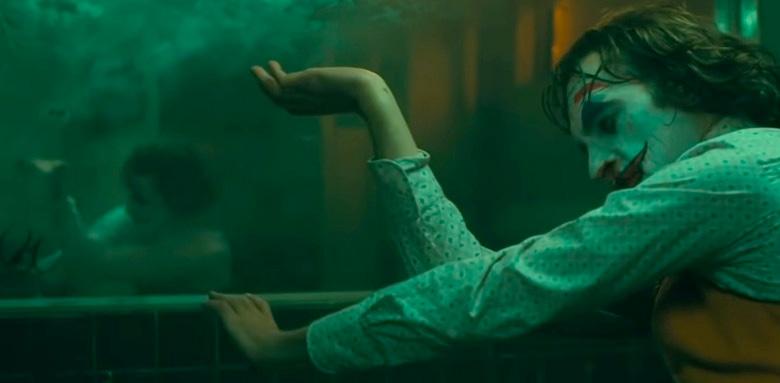
1 minute read
Lighting
Lighting is a key element of films and filmmaking, due to it’s ability to exaggerate and create dramatic environments.
Lighting is used in horror, thriller and mystery films to create drama and suspense. Key characteristics of these genres are:
- Uplighting
- Silhouettes
- Spotlighting
- Underexposure and low-key lighting
- Harsh lighting
- Prominent shadows
- Chiaroscuro (high-contrast lighting)
Harsh, direct lighting is used in The Blair Witch Project highlighting the main characters’ facial expressions and creating a torch-like effect, enhancing the foundfootage style of the film. This is also used in Get Out to emphasise the intensity of the central character’s experience.
Underexposure in films like Hereditary and Zodiac takes advantage of the fear of the dark, or rather the fear of the unknown, to create tension and unease in the audience.
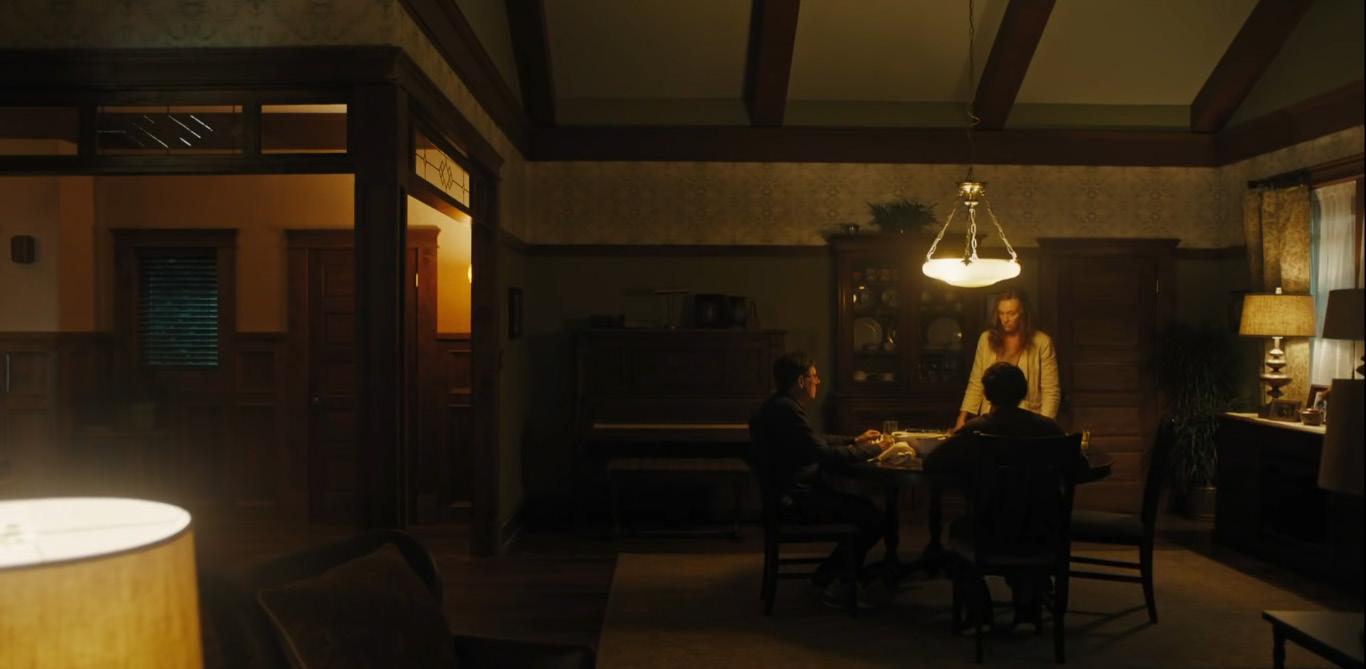
Films including Vertigo, Psycho and 12 Angry Men use silhouettes and chiaroscuro to create a dramatic setting and emphasise the tension which builds throughout the film.
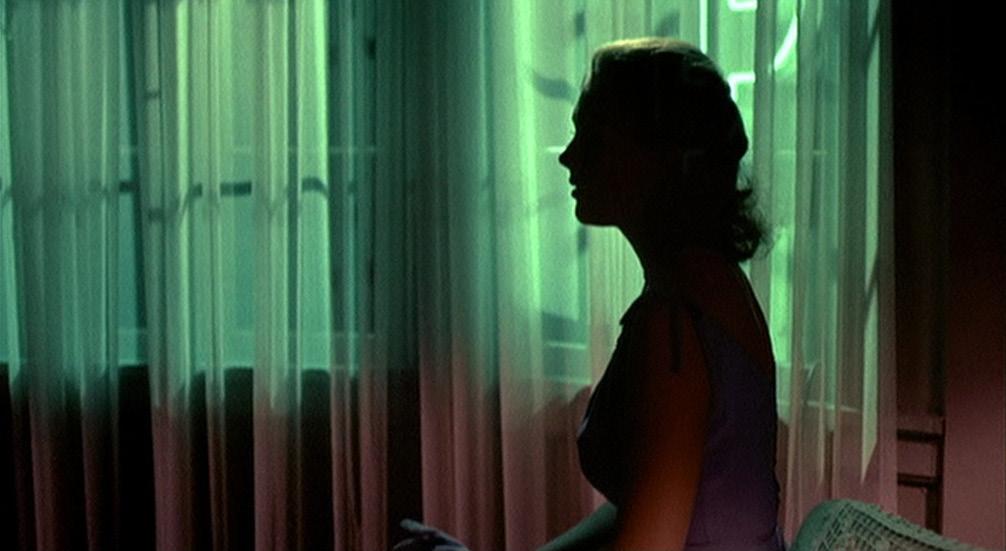

Upper Left - Vertigo (1958)
Upper Right - Get Out (2017)
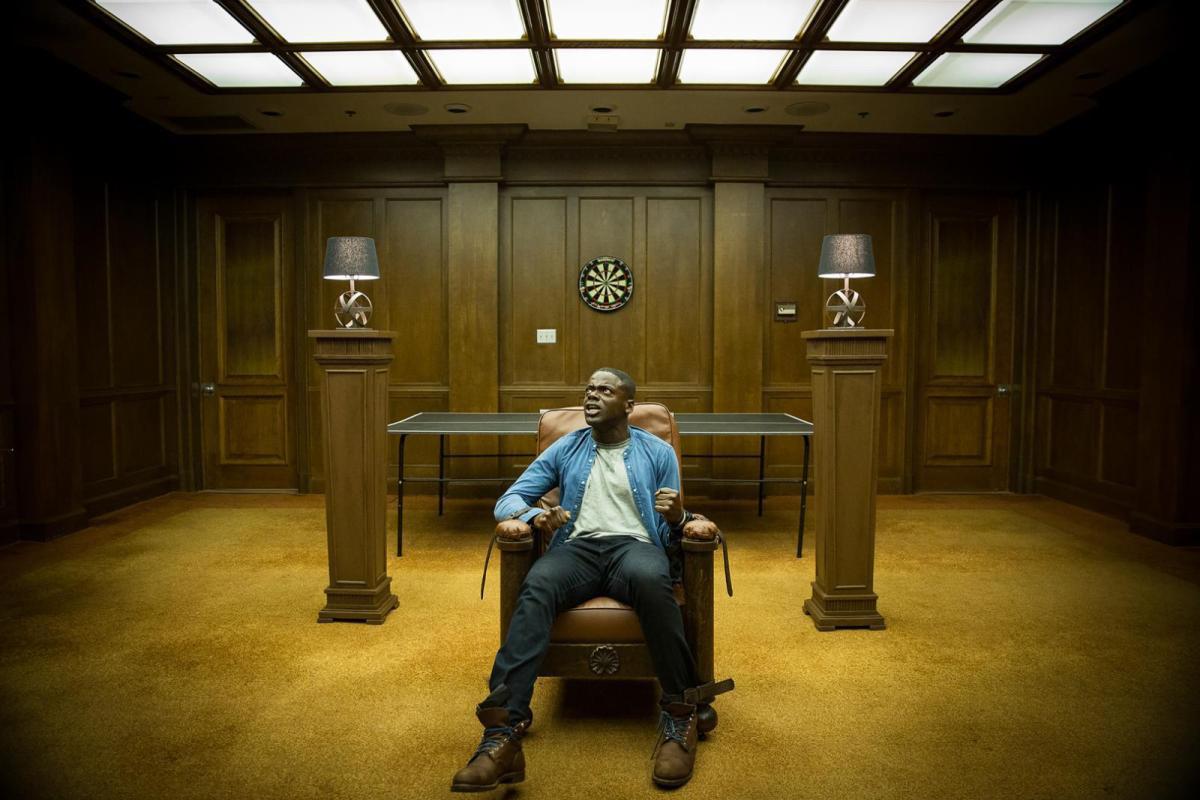
Lower - Hereditary (2018)
Overleaf:
Both Images - The Blair Witch Project (1999)
Upper Left - 12 Angry Men (1957)
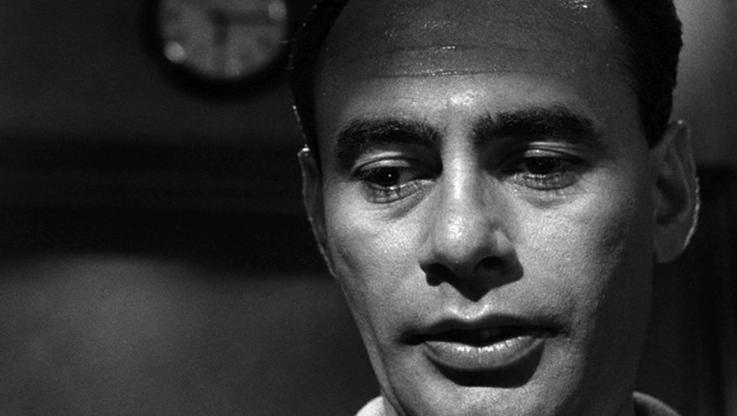
Lower Left - Psycho (1960)

Both Right - Zodiac (2007)
Fantasy, adventure and romance films, including Midnight in Paris and the Lord of the Rings and Before Sunrise series, often use soft lighting to create a natural and happy atmosphere.

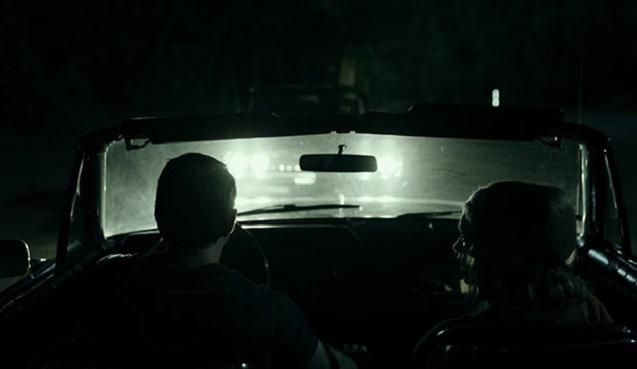
Upper Right - Lord of the Rings: The Fellowship of the Ring (2001)

Lower Right - Before Sunrise (1995)

Below - Midnight in Paris (2011)

Sci-fi films like Blade Runner and Blade Runner 2049 often use high contrast, monochromatic lighting and accentuated shadows to create futuristic and dramatic environments parallel to the characters emotional journey throughout the film.
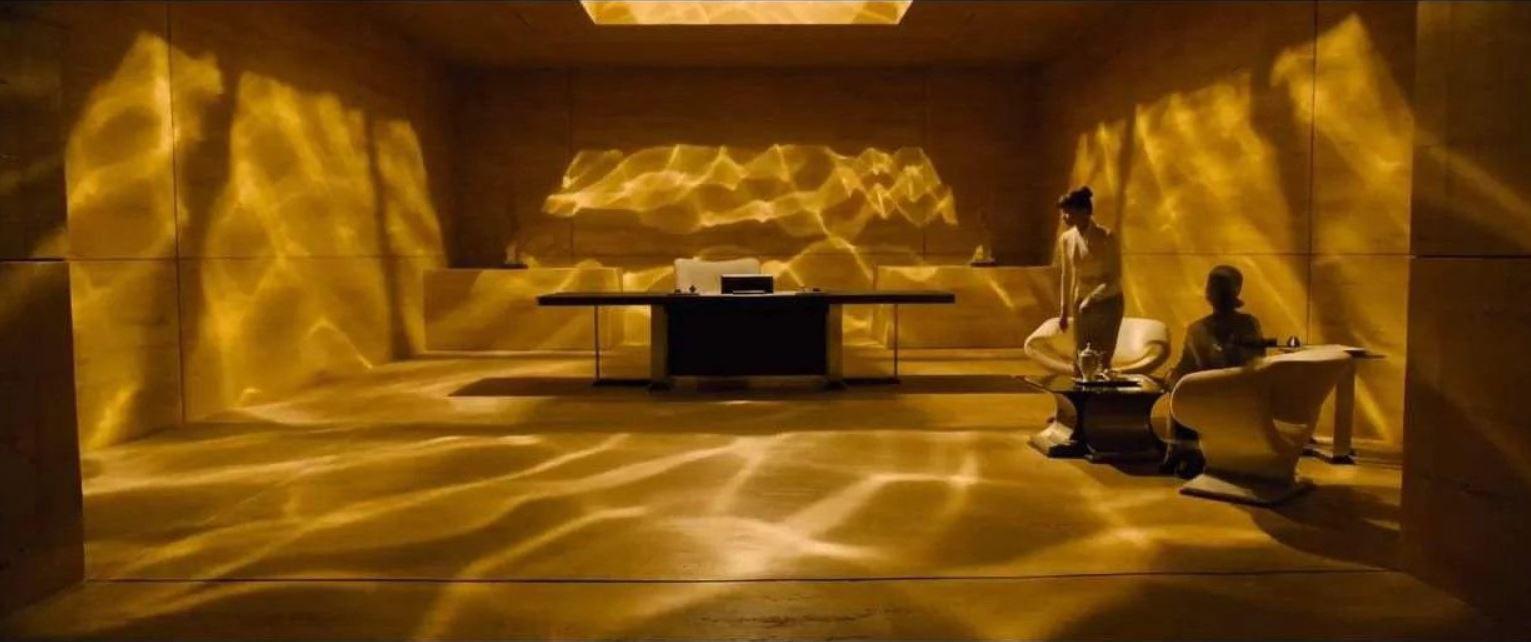
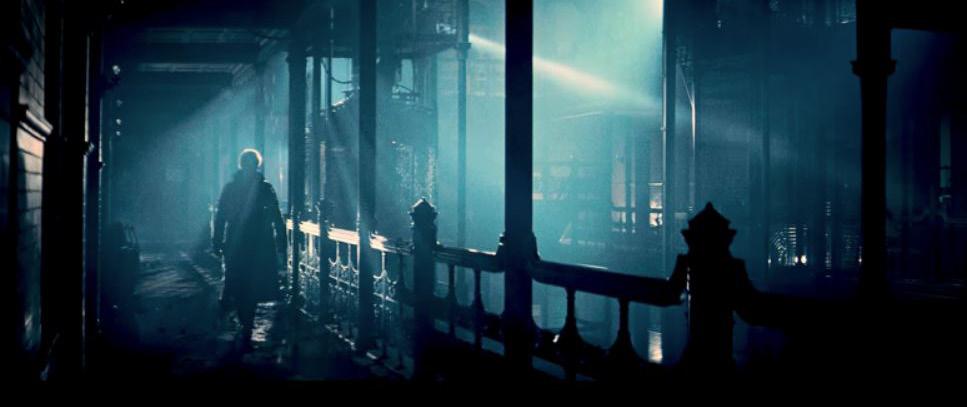
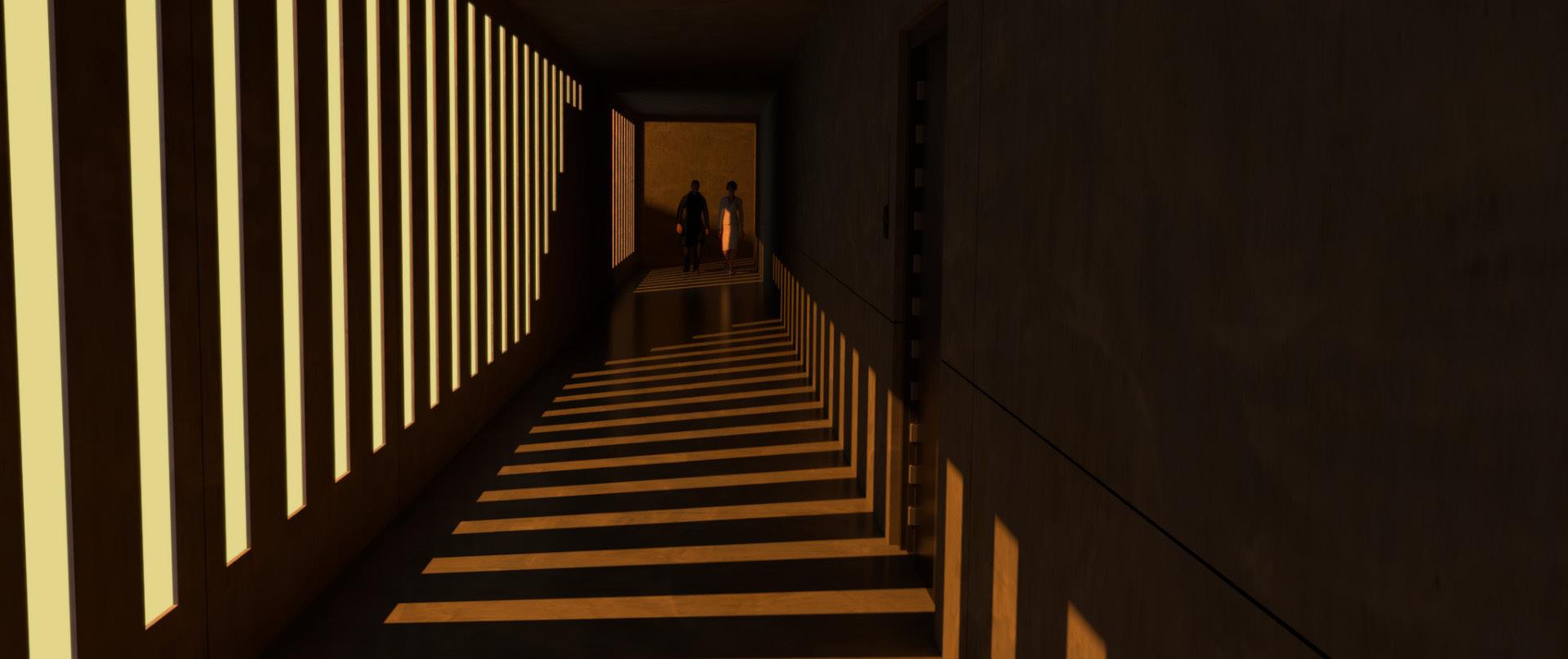
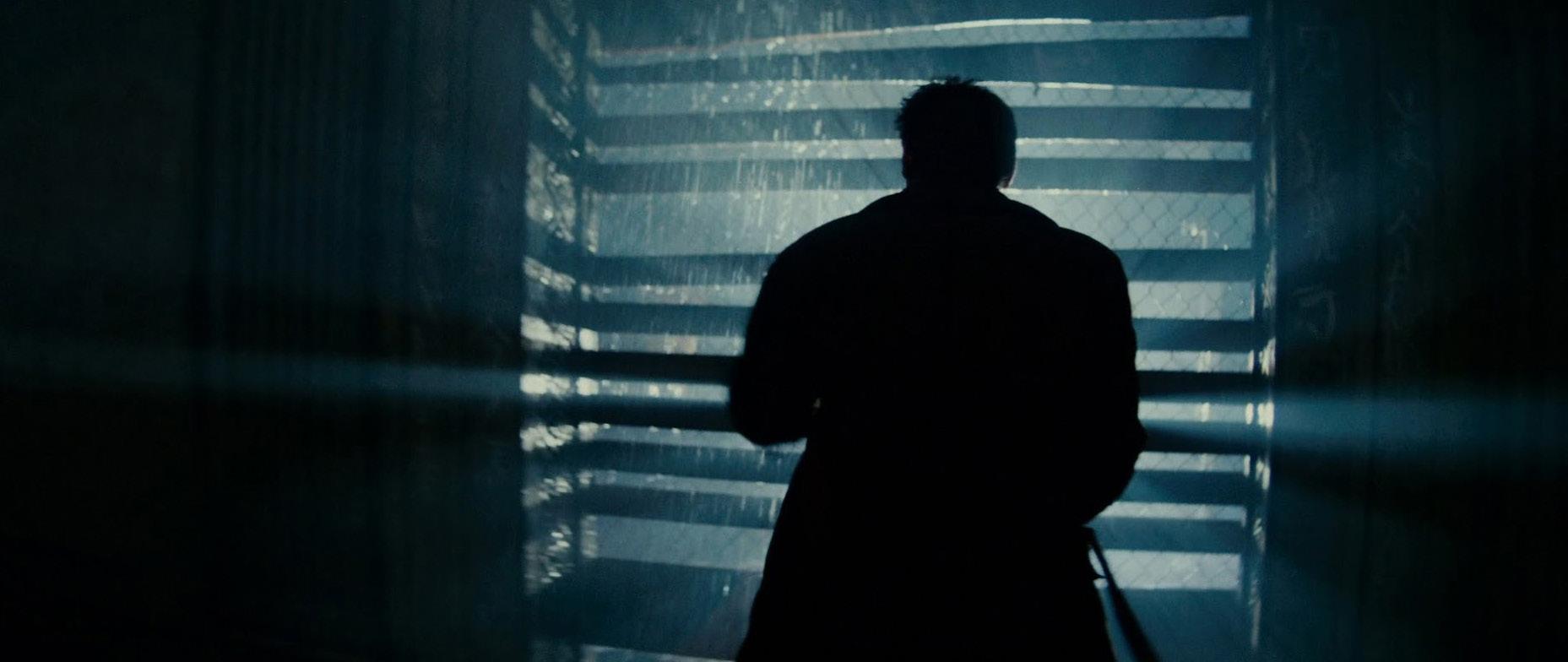
Top two images - Blade Runner 2049 (2017)
Bottom three images - Blade Runner (1982)
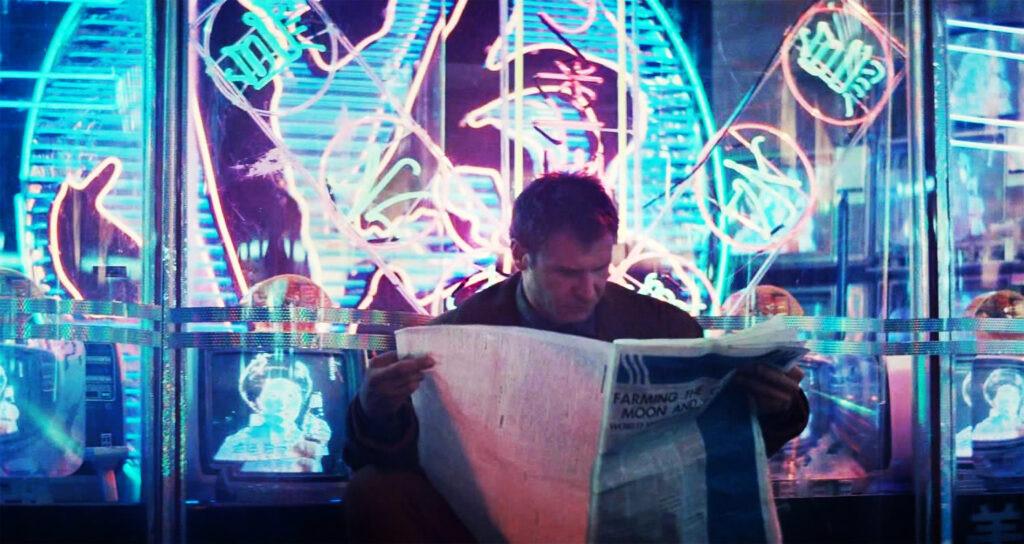
Though colour was first introduced in film in the 1900s, due to it’s costly and time-consuming nature, colour films were not widely produced until the 1930s. The introduction of colour in film expanded the creative possibilities, allowing filmmakers to bring to life both believable and dramatically unbelievable environments on screen.
